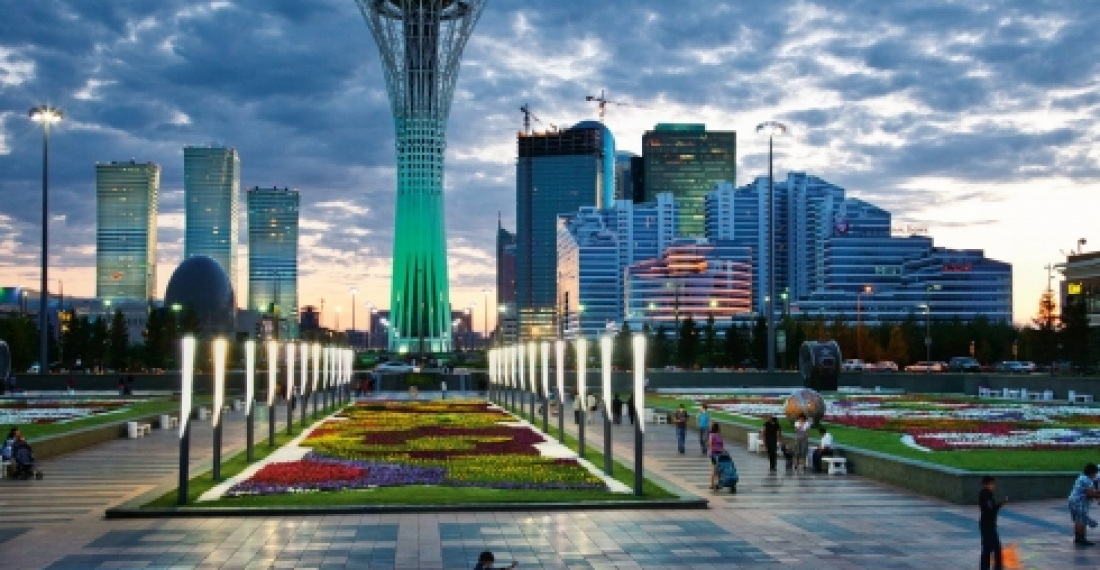Russian President Vladimir Putin has left Moscow on his way to Astana, capital of Kazakhstan, where on Friday he will participate in summit meetings of the Commonwealth of Independent States and the Eurasian Economic Union.
A spokesperson for the Kremlin said that in Astana Putin was also expected to have bilateral meetings with the President of Belarus. There was however no mention of any meeting with the Presidents of Armenia and Azerbaijan together or separately.
This notwithstanding the Russian government has reaffiermed that a solutiuon of the Karabakh problem remains a foreign policy prioirty.Russian Foreign Ministry spokesperson, Maria Zakharova, said at a briefing on Wedensday, 14 October that Russia continues to work closely with the US and France, the other two co-Chair of the OSCE Minsk Process
Zakharova went on to add that the resumption of dialogue is complicated by the worsening situation in the conflict zone, the increase in the number of causalities and the killing of civilians. "Moscow urges the sides in the Nagorno-Karabakh conflict to refrain from using force and to show political will to reach a compromise," she said.
Russia has been trying in recent months to resume a leading role in the negotiations between Armenia and Azerbaijan but its efforts have been largely frustrated. Astana could have provided an opportunity for President Putin to get President Aliev of Azerbaijan and President Sargsyan of Armenia to talk once again, but it seems this is now unlikely to happen.
source: commonspace.eu with agencies
photo: Astana, a general view (archive picture).






